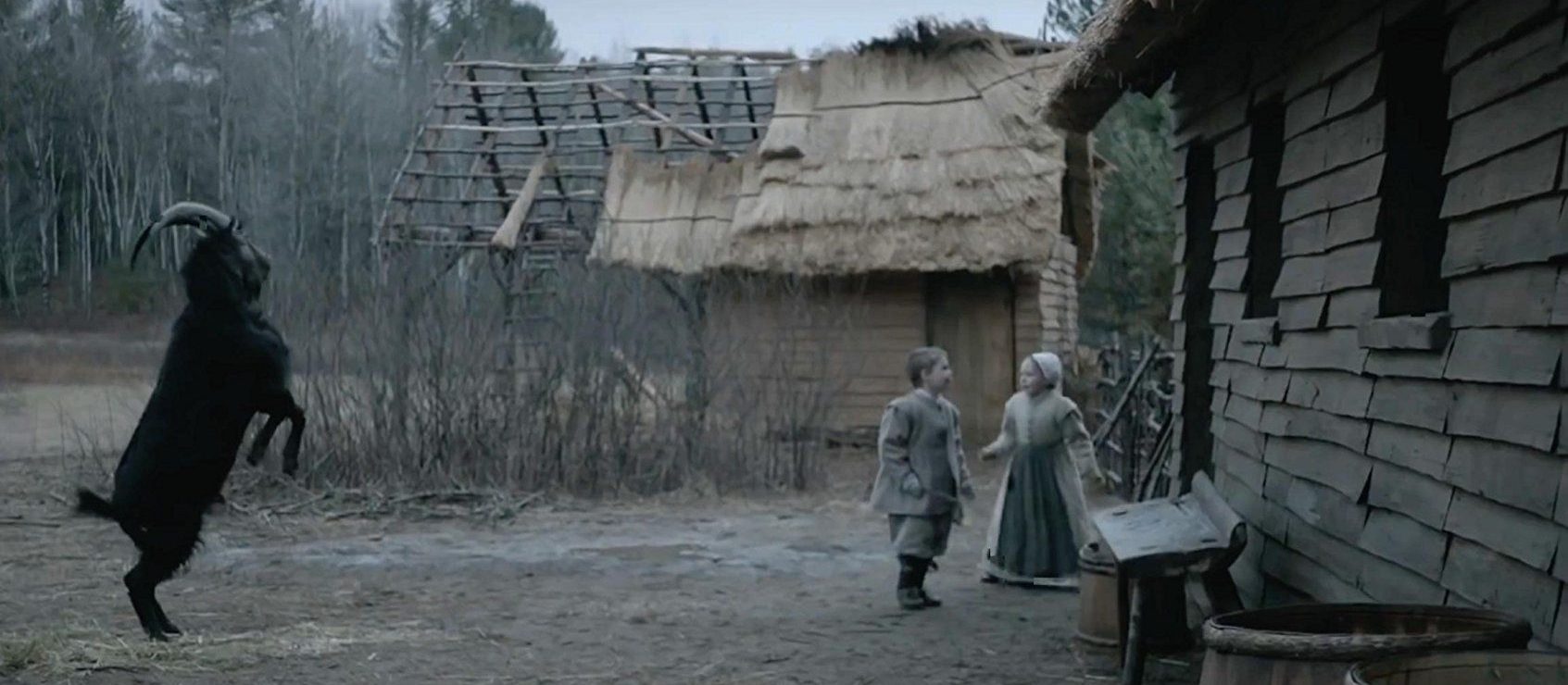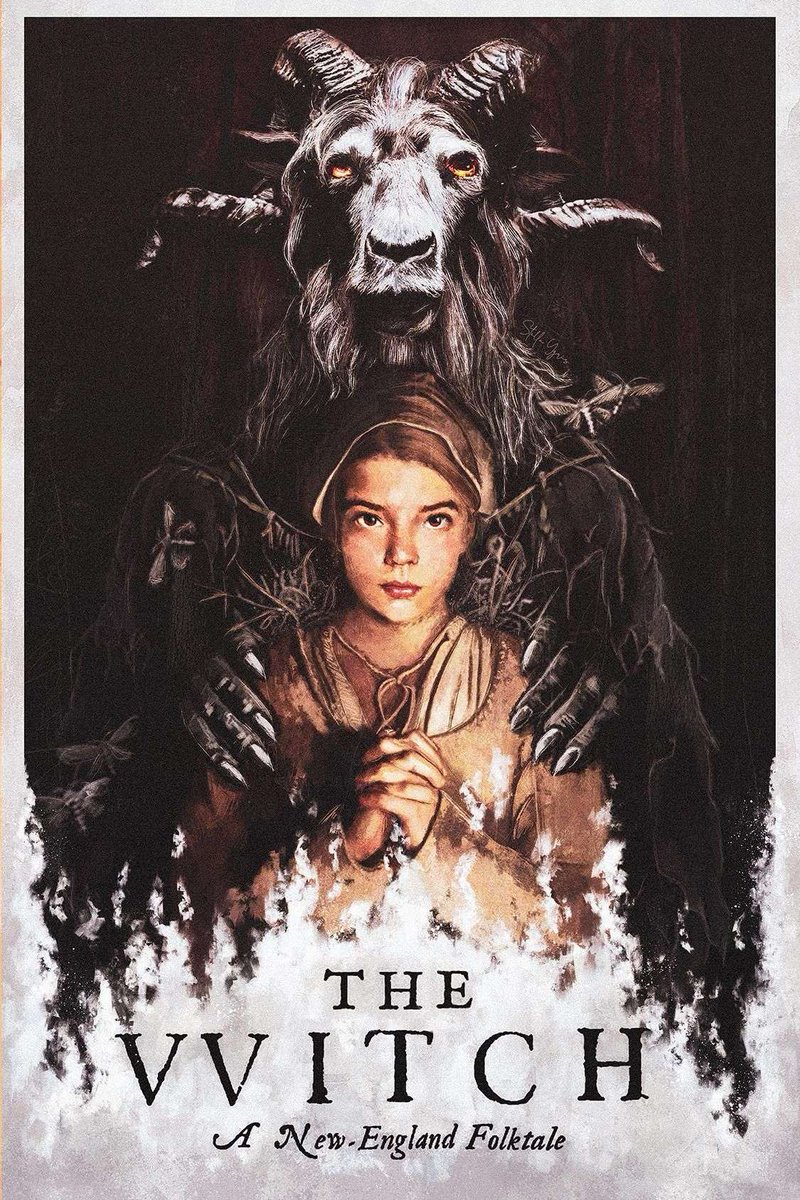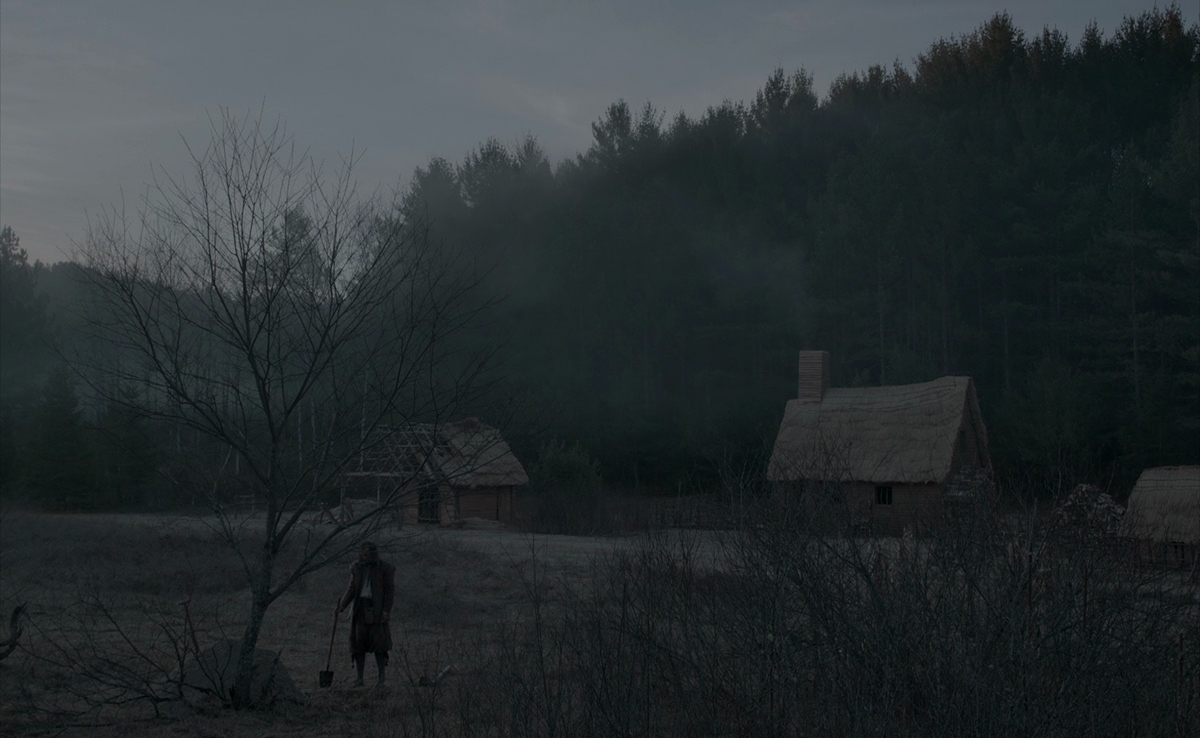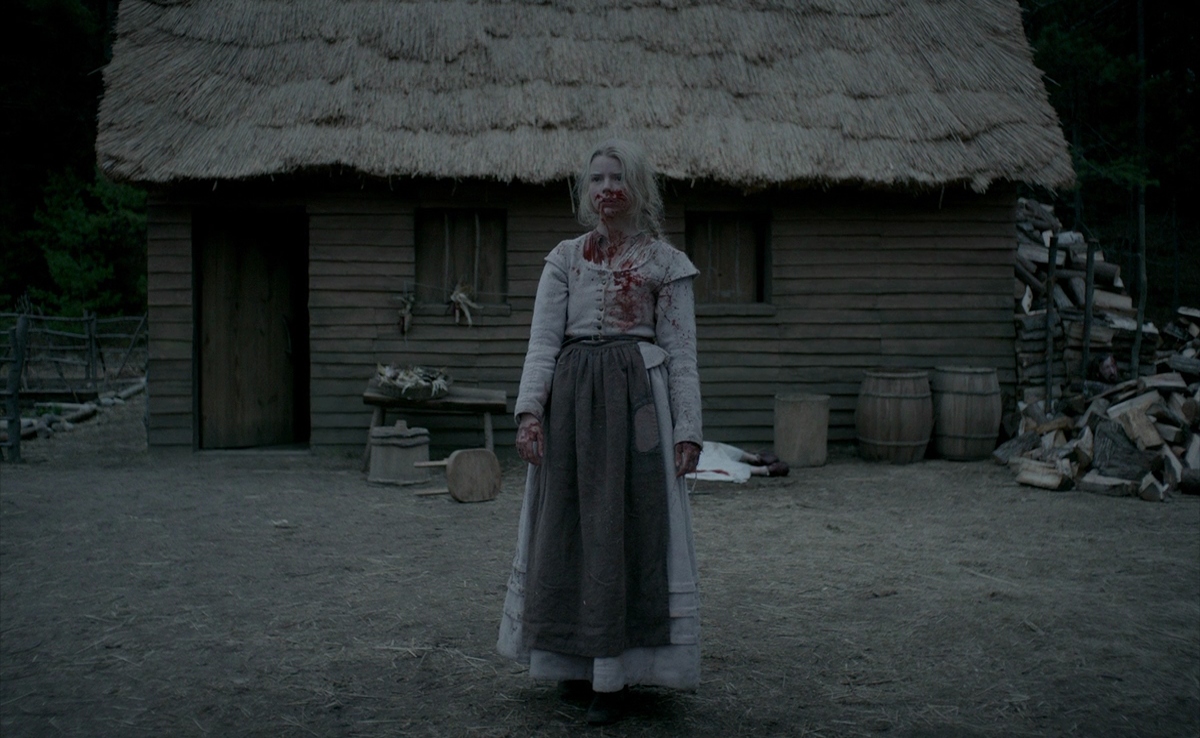

“Corruption, thou art my father!”
The Witch was released into a culture in which popular film criticism often amounts to little more than ideological posturing. This has led to analyses that predominantly view it through prescribed lenses. Is it feminist or misogynist? Does it condemn or condone Puritanism? What about Wiccanism? If you dare, read through Simon Abrams’ review, which immediately frames it as a “feminist” narrative, audaciously pronounces its steadfastly religious characters “faithless,” and then proceeds to butcher an application of the Book of Job. This reductive tendency is unfortunate, because writer/director Robert Eggers—a first-time filmmaker comporting himself with the control of a seasoned pro—deliberately eschews gauche moralizing in favor of conveying an enthralling folk tale. That is to say, whatever your stripe, The Witch is bound to engross you through the sheer power of cinematic storytelling. Too much quibbling over its perceived message only serves to diminish the film itself.
Less horror film than supernatural drama, The Witch concerns a pious Puritan family living in 1630s New England who’ve been excommunicated from their colony over an ambiguous religious dispute. Building a primitive homestead on the edge of a foreboding forest, William (Ralph Ineson) and his family—wife Katherine (Kate Dickie), daughter Thomasin (Anya Taylor-Joy), son Caleb (Harvey Scrimshaw), fraternal twins Mercy (Ellie Grainger) and Jonas (Lucas Dawson), and newborn Samuel—prepare for their first winter in isolation.
If the lack of community and limited survivalist skills weren’t enough to drive these pilgrims mad, then the mysterious disappearance of Samuel proves a sufficient catalyst. Thomasin, who’s burgeoning womanhood proves an object of lust for her brother and possibly her father as well, is playing peekaboo with her baby brother when she uncovers her eyes to discover that he’s vanished without a trace. What follows is the family’s attempt to reconcile this loss with their religious principles—a test of faith that’s twisted into insanity by the insidious presence of a demon in their midst. Lacking a bountiful crop and the steadying presence of their brethren at the colony, accusations begin to pile up and old wounds are trotted out for rehashing. Matters of original sin, baptismal regeneration, the age of accountability, the afterlife, and so on, are persistently contemplated as the characters struggle to make sense of their misfortune. Scenes of tedious realism are thrown against those which suggest it all might be a psychological projection shared amongst them by virtue of their deeply-rooted spiritual views.

The connection to the Book of Job is certainly there, but not where Abrams sees it. Setting aside Abrams’ obvious unfamiliarity with Scripture (nowhere in the book does God harm Job, as Abrams suggests; indeed, one wonders if the connection would have been made had Job not been literally name-dropped in the film’s dialogue), it makes sense to see William as a Job-like figure. However, where Job maintains his righteousness and thus cannot but continue living righteously despite his adversities, William is haunted by past sins for which he is yet to repent. Where Job must reaffirm to his friends that he has not sinned and thus is not being punished for any particular wrongdoing, William must confess that perhaps this present calamity is a just penalty for his failings. If one reads the whole book through, they’ll find that Job does eventually break down and start to openly question God about the cause of his suffering. But God does not explain himself. Rather, he situates Job’s plight within a cosmic context in chapter 38: “Where were you when I laid the foundations of the earth?” He asks Job. Can you make it rain, Job? Can you control the stars? Ultimately the answer God gives Job is the same one that William must infer from silence: that we are not made to understand all things, but are nevertheless called to live righteously no matter our circumstances.
But, like I said, you need not have particularly nuanced thoughts about the message of the film to enjoy its chilling atmosphere or its wonderful performances, and I’d like to briefly highlight two particular moments that have nothing at all to do with morality or ideology and everything to do with the art of cinematic storytelling. The first comes shortly after Samuel is snatched away. The Witch’s appearances—possessing the family’s goat, then a skittish rabbit, then a raven; then appearing to Caleb in the form of model Sarah Stephens—are almost all conveyed through the perspective of a particular character. However, in this early scene, only the audience is privy to the Witch’s wicked activity, caressing the babe and brandishing a butcher knife. As she pulverizes the babe’s remains with a mortar and pestle, her soft pounding falls into a natural rhythm which is brilliantly integrated into a transitional musical piece by composer Mark Korven. The mysterious image that it transitions to—an ambiguous figure in silhouette gliding wraithlike toward the full moon—is similarly intriguing. This sequence is crucial, because for a long stretch afterward we are treated to a chamber drama without significant supernatural inclusions, but this nasty little scene lingers in the back of our minds, promising that things are fundamentally unsettled.

The second comes when the young twins, possibly under the influence of Black Phillip the demonic Billy goat, have come to suspect Thomasin is a witch. They’re all in the barn together bickering when Thomasin discovers that the goat she’s milking is filling the pail with blood, not milk. She kicks the bucket over as she jumps upright and scowls at her siblings. We cut to the twins, frightened by the outburst, with Black Phillip standing between them. It sounds silly to type it out, but to my eyes it appears that Black Phillip (who, I will remind you, is a goat) puts on the smuggest of smiles.
The movie is full of small creative touches like these—nifty edits, the use of complete blackness, the precise use of sound (at one point the subtitles read [ominous farm animal sounds]). As the drama heats up and we come to empathize with these characters, separated as we are from them by hundreds of years and an almost entirely distinct cultural background, we come to inhabit the same psychological state that a 17th century Puritan would have and thus can be shaken to the core by its exploration of pure evil.
That The Witch provided occasion for many critics to expose their utter lack of understanding of Christianity is an added bonus.